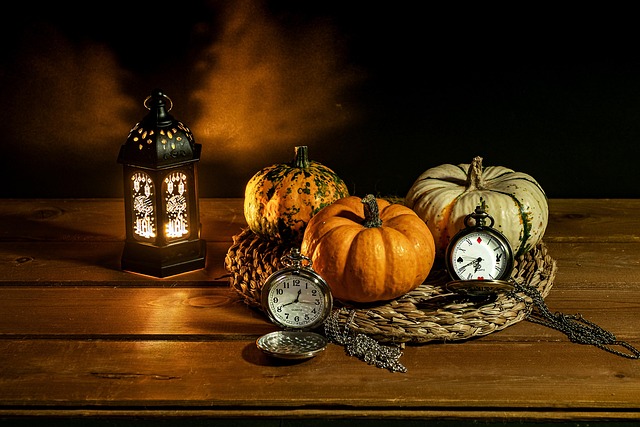Exploring the Essential Elements of Composition
Category: Composition
When we think about art, design, or even writing, the concept of composition elements takes center stage, acting as the foundation for creating something impactful. Just like a master chef carefully selects ingredients to create a tantalizing dish, artists and creators blend various elements of composition to craft visuals and narratives that resonate deeply with their audience.
At its core, composition is about organization and harmony. It’s how we arrange shapes, colors, lines, and textures in such a way that they not only coexist but enhance one another. Consider, for instance, how the placement of objects in a photograph can evoke feelings. The rule of thirds encourages photographers to frame their subjects in a way that naturally draws the eye, guiding the viewer’s experience. This awareness of positioning can entirely change the perception of a moment captured in time.
Understanding Line and Shape
Lines are powerful tools in composition. They can create movement, lead the eye, and establish a sense of flow within a piece. Meanwhile, the shapes we use add structure and form. Think of how circles can represent unity and wholeness, while sharp angles can inject energy and tension. Recognizing these relationships between lines and shapes allows artists and writers to convey emotions and messages effectively.
Color as a Composition Element
The color palette chosen for a piece is not just a matter of aesthetics; it’s a language all its own. Warm colors often evoke feelings of warmth and intimacy, while cooler tones can create distance or calm. By deliberately selecting colors that harmonize or contrast, creators can manipulate the mood of their work, evoking a visceral response from their audience. The interplay of color and composition elements allows for a dynamic experience that captures attention.
The Role of Texture
Texture is another crucial element that cannot be overlooked. It adds depth and interest, inviting viewers to touch with their eyes. Whether it’s the smooth surface of a canvas or the roughness of a stone wall in a photograph, texture plays a vital role in how we perceive and interact with an artwork. Incorporating varied textures can enhance the overall composition, creating a richer narrative that invites exploration.
Space and Balance
Lastly, the concept of space and balance should be at the forefront of any creator’s mind. The way positive and negative spaces interact can define the rhythm and harmony of a composition. Balancing these elements ensures that no part of the work feels overwhelming or underwhelming. It’s a delicate dance that allows the viewer to experience the whole significantly while appreciating the intricate details.



